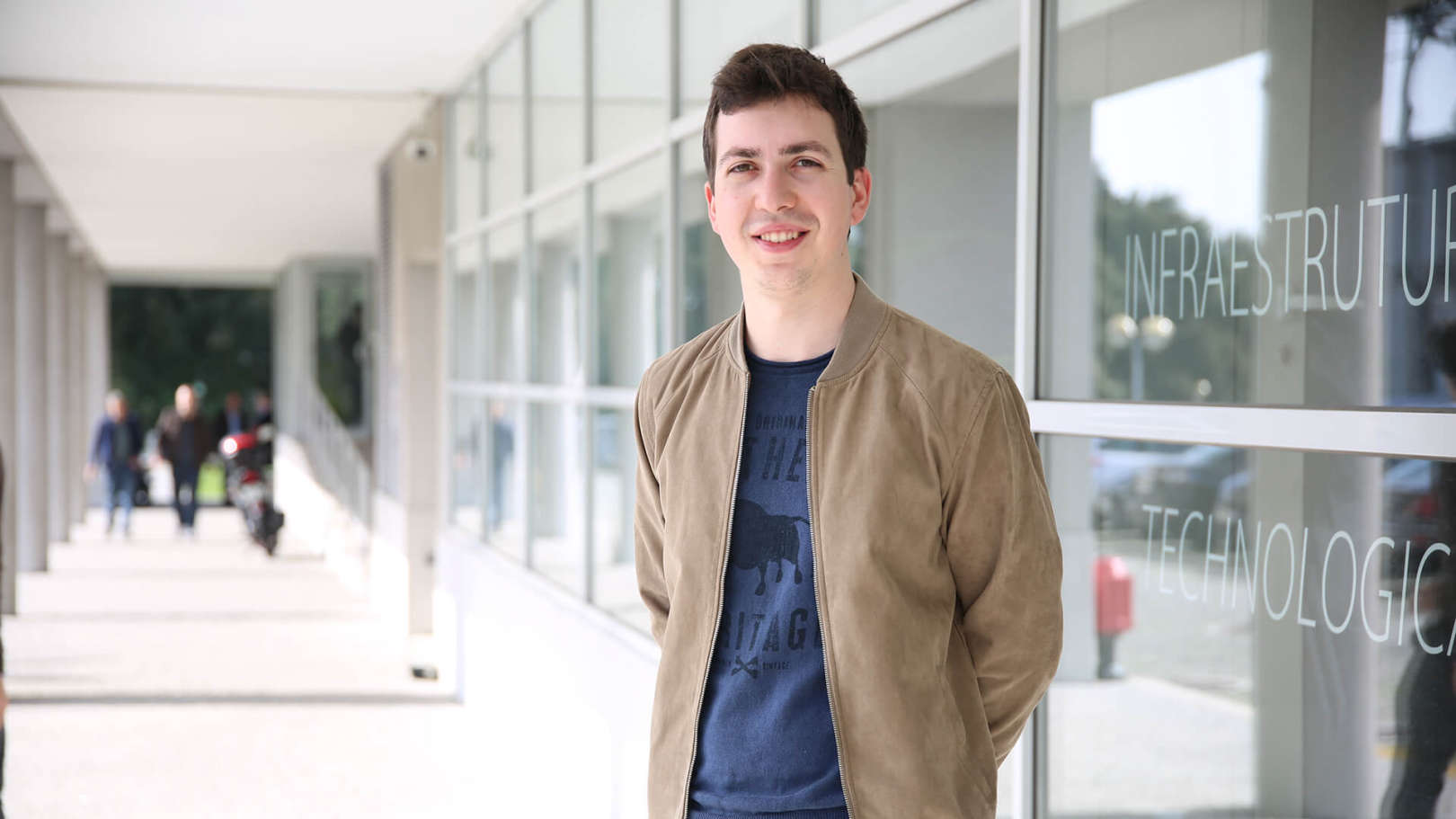Sobre
Ricardo P. M. Cruz é Professor Auxiliar na Faculdade de Engenharia da Universidade do Porto e investigador no INESC TEC. O seu trabalho centra-se em machine learning, particularmente em deep learning e visão computacional. Licenciado em Ciência da Computação (2012), Mestrado em Engenharia Matemática (2015), ambos pela Universidade do Porto, e Doutorado em Informática (2021) pela Universidade do Porto, Aveiro e Minho. Os seus tópicos abrangem aspetos transversais de machine learning com aplicações em saúde e condução autónoma, detalhados em mais de 20 publicações com mais de 100 citações.


